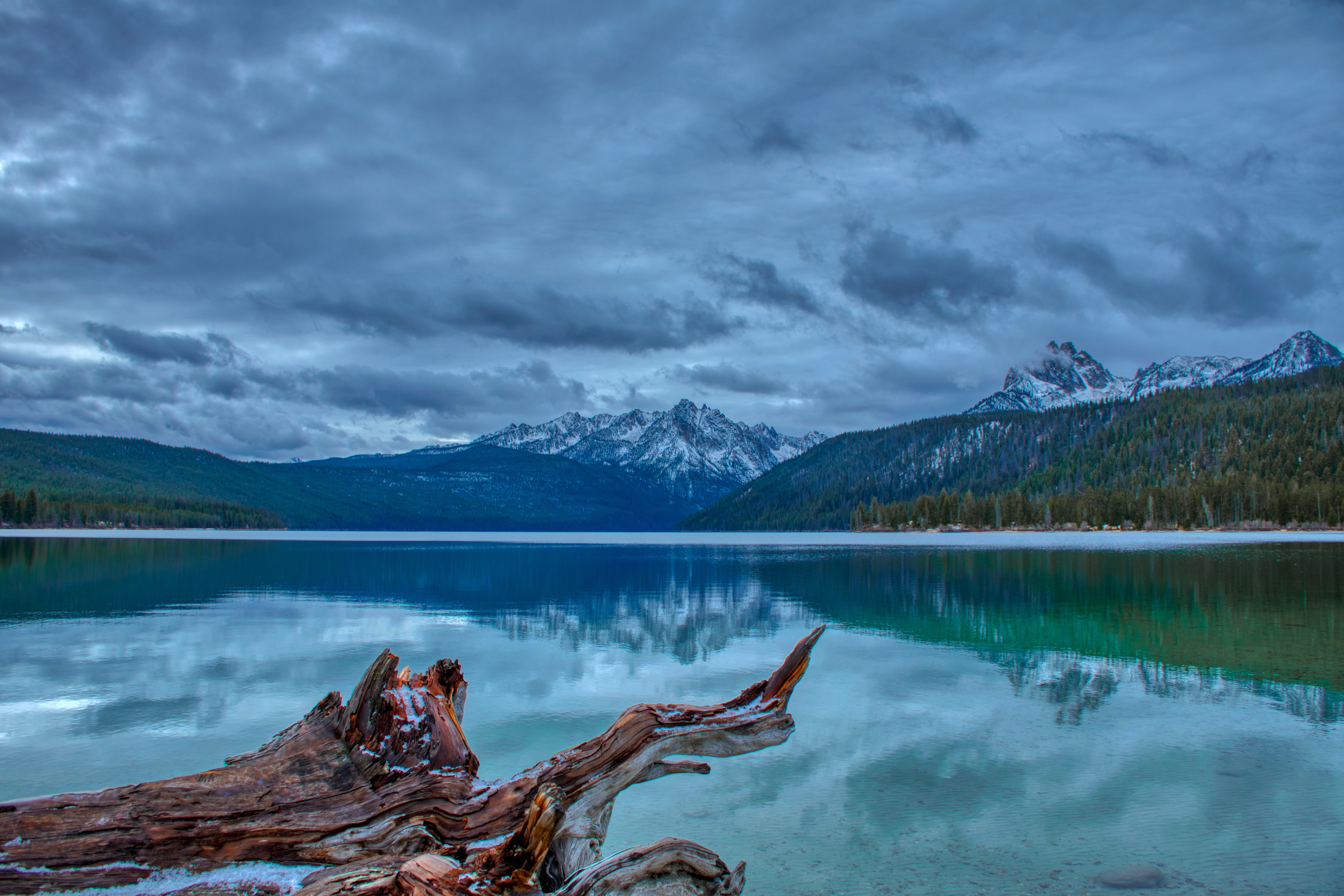Humanizing Flood and Other Hazard Data for Use in Local Resilience Planning

High quality flood and other hazard data are becoming increasingly available with advances in data collection technology (e.g., LiDAR) and computer software (e.g., ArcGIS). However, integration and use of these data for risk communication and decision-making are limited by local officials’ ability to access the information, interpret it, and apply it in their communities. This is especially true for small and rural communities. Additionally, hazard data are typically not paired with social data, which makes it challenging for decision-makers to use these data to assess local vulnerabilities and plan for future development. This study focuses on Valley County, Idaho to develop a web tool that consolidates relevant hazard, social vulnerability, and critical infrastructure data such that it can be easily understood and used by local officials for risk reduction and decision-making. We anticipate this work will (1) help decision makers better identify vulnerabilities and prioritize hazard mitigation actions, (2) enable the communities to better understand and communicate risk, and (3) execute more holistically informed planning decisions for community resilience.
People
- Dr. Carson MacPherson-Krutsky, Research Scholar, Department of Geosciences
- Dr. Brittany Brand, Associate Professor, Department of Geosciences
- Sabrina Akther, PhD Student, Department of Geosciences and Hazard and Climate Resilience Institute
Project Collaborators
- Valley County Emergency Management
- Cities of McCall, Donnelly, and Cascade
- Saint Luke’s Health System
- Public Utilities